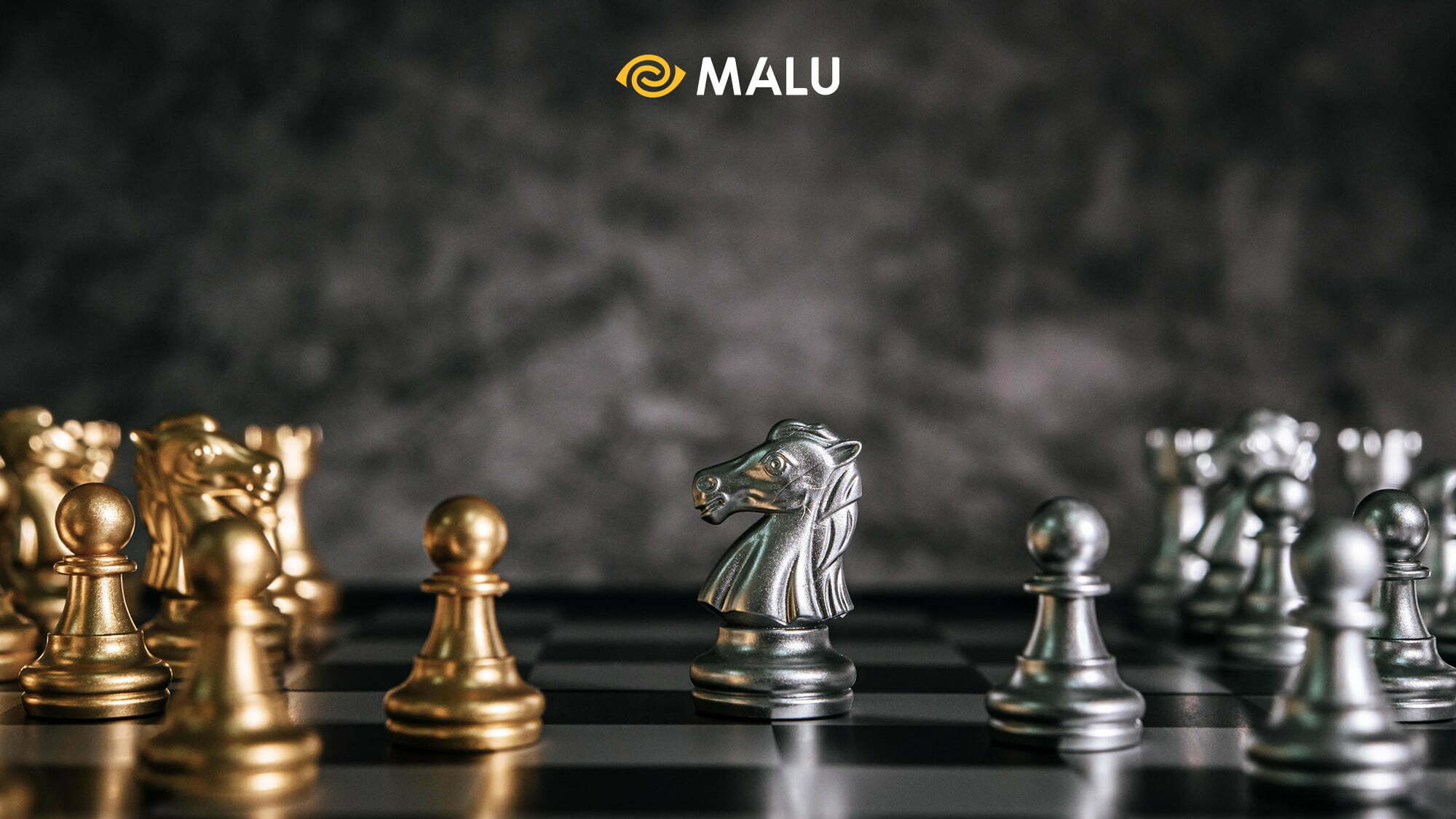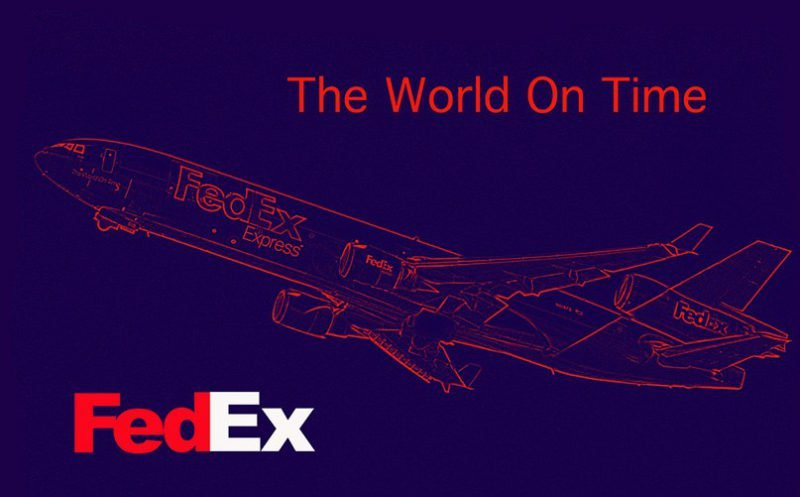
The rivalry between brands is a long story, longer than the tenure of the usual senior management team. That battle costs businesses a lot of time and money, when in fact, the data shows that brands have spent billions of dollars to “stimulus” each other in the market.
Of course, that war is not just Coca vs Pepsi, “green team” vs. “red team”, it can take place anywhere, any line of business. Look at it: It’s Adidas vs. Nike, Clear vs. Head & Shouder, and so on and so forth.
>>> Learn more:
- 10 Product Pricing Strategies In Marketing
- Discover your brand’s competitive advantage
- What Is Experiential Marketing? 10 Creative Campaigns That Can’t Be Ignored
Mục lục bài viết
ToggleThe importance of competition
In brand battles, we can see that they contain a lot of marketing tactics and ways to attract attention from customers. In addition, those wars play a very important role, as a driving force to promote the vision and future direction of business lines, change the way of product development, develop the industry. information technology, is the source of mergers and “marriages” between the big guys, and the cause of many other problems.

The warriors in the war need to know themselves better than anyone else, and clearly define the competitive advantage of the business. With the right brand identity and analytics, your business’s chances of winning in the marketplace will be doubled. But is that enough?
The strategy to win the brand contests here is: the attention, consideration and choice of customers (for products in the market) . In other words, winning the hearts of customers is the key to success in the battle. In this article, we’ll explore strategies that can help your brand stand out from the crowd, in the long, arduous brand battle ahead.
In the marketplace with sellers and buyers, brands act as a major competitive advantage. They need to stand out because the brand helps businesses attract attention from customers, making it easier for them to consider and choose the products they want and need to consume. Obviously, brand is the decisive and key factor for businesses to succeed in trade wars.
>>> 7 Principles of business strategy in modern times
In a few examples, FedEx won the hearts of customers thanks to the famous slogan “The World On Time” (roughly translated as The world is always on time), or Chinsu entered the mind of each customer, from old to old. young, in the same alley with the catchy tagline “Delicious to the last drop”. A successful brand must make a clear statement, in addition to summarizing the outstanding features of the product, it also needs to catch the ear and attract attention to their target audience.

In many cases, customers are willing to spend a lot of money to buy products they love. Even, they know that they are paying more than the actual value of the product, but they still buy it, because of their loyalty to the brand, like Apple’s example. This is a very successful example of combining quality with brand values, leaving a mark in the hearts of customers, making them loyal and willing to spend money to gain satisfaction when using the product.
>>> 19 Effective brand promotion strategies
Definition of brand value
To talk about brand value, there is no better example than Coca-Cola. Have you ever wondered why Coca-Cola has always survived the financial crises that have come and gone for nearly a hundred years? That’s because the value of the Coca-Cola brand is always stable, making investors feel secure when investing in the brand without thinking about the uncertainties that may come.
>>> 3 important indicators to evaluate the brand
So let’s try this example again. For example, one day, half the world wakes up and “suddenly” loses its memory about Coca-Cola. Although all of the company’s tangible assets remain, it’s certainly hard for investors to put money into further investment in Coca-Cola.
Obviously, the brand has become an indispensable asset of the company, a competitive advantage that helps the business to stand and survive to this day.
Types of competitive brands
1. Direct competition
This is the most visible type of competition. The competition comes from products / services in the same industry, with similar features and benefits, serving the same target audience.
In this case, the goals in the media campaigns of the parties are the same, which easily leads to endless battles over pricing strategy , product design, marketing campaigns and more.
You can easily see the rivalry of Apple and Samsung, Milo and Ovaltine, Tide and OMO, etc.
2. Indirect competition
Competitors in this competition often offer the same product, but serve different audiences, offering different features and benefits.
The competition may not be too fierce, but competitors still have to be wary of each other. To succeed, they still need to maintain their own competitive edge.
For example, Apple and Oppo are two phone companies serving different customers. However, they still need to be wary of each other, because if the opponent’s operation is not stable, the other company can completely fill the gap in the market and attract customers back to them.
3. Competing with substitute products
This is possibly the most unpredictable form of competition. On the surface, this competition doesn’t really exist, but as long as there are influences from the external environment, or from customer tastes, your products and competitors can completely go up in the ring. superiority”.
Example: In the past, comic books were any child’s favorite entertainment. However, before the development of information technology, children have the opportunity to access YouTube videos with lovely cartoon characters. They gradually buy less comic books, have different interests than the generation 10 years ago. Publishers have a new competitor: digital content developers.
Maintain competitive advantage
What in businesses can maintain their competitive edge over others?
In an effort to build a brand, and compete for customers, businesses promote strategies, optimize efficiency in aspects of Website clicks, ranking on Google, paid advertising, use celebrity product marketing and more.
In addition, actively interact with consumers on social networking platforms, continuously use discounts and gratitude programs for loyal customers to retain them. The total spending of businesses on advertising activities globally has surpassed $550 billion, increasing 10% year on year. Retailers, going in a different direction, focused on how to decorate and display products on the shelves, how to accelerate the sales cycle from consumers, making the products more attractive. most attention from customers.

In the eyes of brand managers , the problem here is to take advantage of the available resources in the business, reduce input costs, and optimize the strategy as their competitive advantage for the brand. competitors, in a long-running brand war.
Famous marketers often assess: Brand is the most important asset for every business. They estimate the total value of the top 100 most valuable global brands to $2.15 trillion, in an effort to convince corporate CFOs that: Marketing activities are expensive. is not wasted at all (according to the conventional thinking of senior leaders).
But the question that needs to be asked here is: What are the above actions of businesses to win in the brand war? The answer is simple, but it’s hard for businesses to achieve: Get a foothold in the customer’s mind.
>>> Brand positioning strategy according to customers
Mind games – Win a place in customers’ minds
Thus, we already know what businesses need to pay attention to the most in the brand battle, which is: Gaining a foothold in the mind of customers. But, how can businesses overcome competitors in this fierce battle?
Firstly, businesses need to seriously study when and how consumers process information about the brand (it can be activities such as searching for product information on the Internet, word of mouth information about the brand). signals from relatives, experts, etc.). This is extremely important, helping you determine how much attention and care your customers have given your brand. In a nutshell, what percentage of your brand is your customer in their mind?

The world is a very large place, with hundreds, thousands of seemingly endless information. But the human mind is finite. No single consumer can afford to memorize all the information they receive in one day. This means, if you want your brand to win a place in their mind, your brand must stand out, attract and “steal” all the limelight, especially the light shining on your competitors. your direct competitor.
This limitation in customer perception is the foundation of the concept of cognitive economy. This concept assumes that because customers’ ability to process information is limited, they often trade off accuracy in choosing products to buy, for convenience in shopping.
In other words, customers can choose the products they like, instead of choosing the best products for them, simply because they can’t remember everything about the product or because they don’t want to have to think too much about it. them (like they’re willing to buy an eye-catching product off the shelf, ignoring the complicated, confusing health specs). This basic principle makes a lot of sense, giving marketers many opportunities to get their products into the minds of customers.

When customers approach a new product, according to the laws of cognitive economics, customers will choose the products that are most familiar to them, because the feeling of familiarity often gives people security. Or they will choose the products that are most eye-catching, because they leave people with an intuitive interest, leading to a desire to own them.
Also, customers will choose products that bring the most convenience in use, because customers do not want to have to cram too much information into their heads (because customer perception is only limited to a certain extent). .
>>> Difference between Customer Satisfaction and Customer Loyalty
To sum up, if your business wants to leave a solid mark in the minds of customers, you need to apply the basic laws of cognitive economics , thoroughly apply those principles to your marketing campaigns and product development. Surely, your brand will stand out in a forest of information that customers have to receive every day.
Hopefully, the above information will give you many new marketing ideas, help your brand compete in the market and make a big impression in the hearts of customers.




